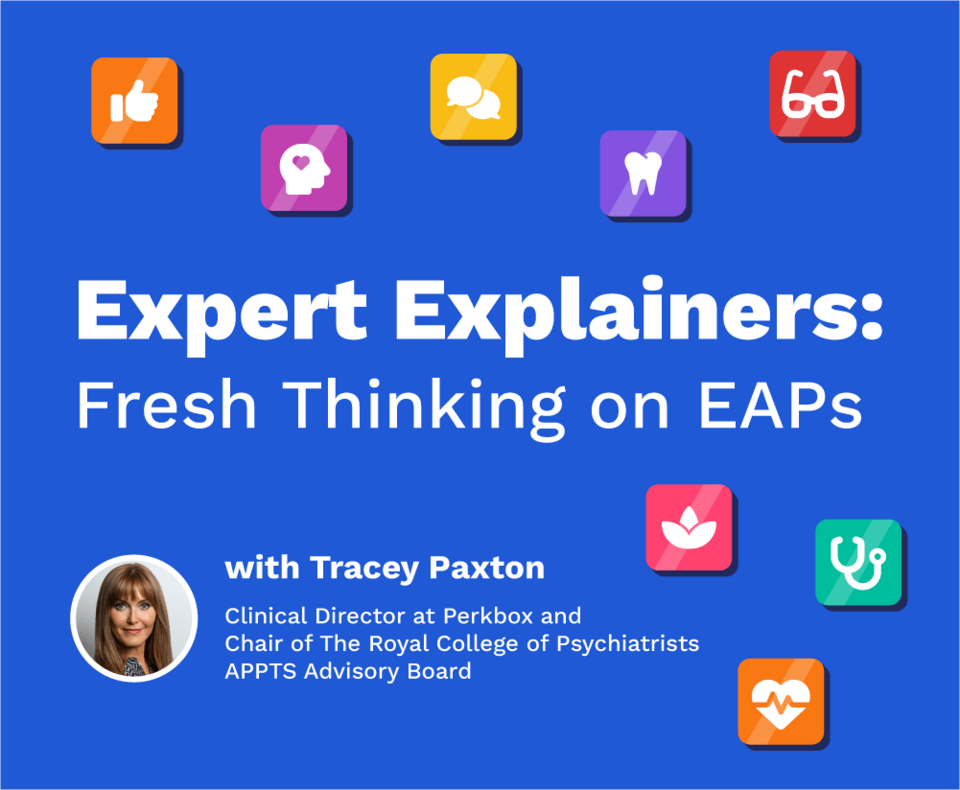Mythbusting EAPs: What HR leaders really need to know
About Tracey Paxton
Tracey is Perkbox Vivup’s Clinical Director and the Chair of The Royal College of Psychiatrists APPTS Advisory Board. She has 30 years’ experience as a practising clinician in the NHS.
If you’re an HR, People or Wellbeing leader, chances are you’ve either got an Employee Assistance Programme (EAP) in place, or you’ve inherited one and are wondering what to do with it. Maybe you’re considering introducing one for the first time.
Wherever you sit, you’ve probably heard a few things about EAPs — and not all of them are true.
EAPs are one of the most widely available wellbeing benefits, but also one of the most misunderstood. So, let’s shine a light on five of the most common myths — and explore what really matters when it comes to making your EAP work.



Share